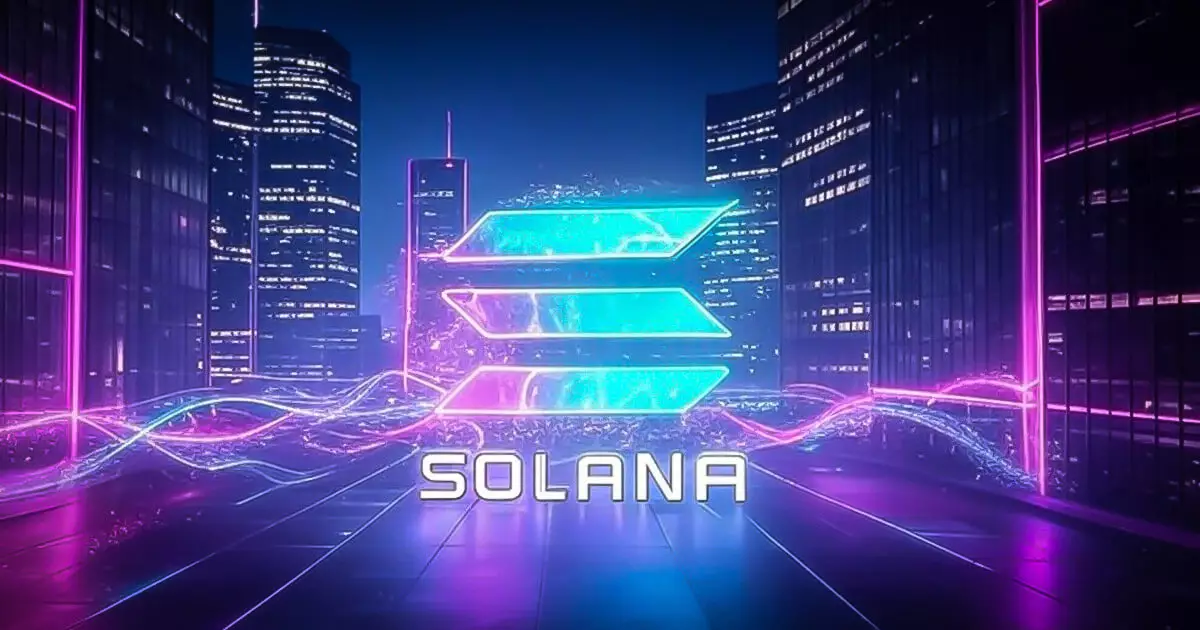In a bullish move for cryptocurrency innovation, Coinbase has stepped up its game with the introduction of a self-service asset recovery tool for the Solana network, unveiled on April 21. This capability allows users to reclaim lost SPL tokens without the bureaucratic delay of submitting support tickets. For many users, this may appear to be a godsend, providing a semblance of security in a landscape teeming with uncertainty. However, it’s crucial to approach this new feature with a discerning eye, as not all SPL tokens are eligible for recovery. Thus, while the tool has the potential to mitigate some user frustrations, it remains a double-edged sword with caveats that can easily overwhelm the unwary.
Excellence or Expediency?
The fact that Coinbase’s recovery tools were first introduced for ERC-20 tokens back in December 2022 was a promising sign for an industry often rife with risk. Initially, nearly 4,000 unsupported Ethereum-based assets were left to languish because, until now, they were deemed unrecoverable. The idea that a platform could rescue users from the abyss of lost transactions is commendable, but can an automated tool really replace the human oversight that has historically been a hallmark of customer service? The risk here is significant: if users act hastily and attempt to recover ineligible tokens or transact over unsupported networks, they may grapple with inaccessible funds, a bitter pill to swallow in this volatile arena.
Fees That Add Insult to Injury
One of the most contentious aspects of the new recovery feature is the hefty fees associated with larger recoveries. Users who recover amounts over $100 will face a 5% fee on the sum that exceeds that threshold, plus standard network charges. This layer of financial encumbrance makes what should be a positive experience feel more like a penalty for missteps, raising crucial questions about the ethics behind what should simply be a path to recovery. Is it fair for a company to capitalize on user error in such a way, especially considering that previous transactions may have already come at a cost?
The Future of Crypto Wallet Management
Coinbase’s foray into asset recovery aligns with a larger goal: to ease the historical burdens of crypto self-custody. Many users have experienced the bitter sting of lost tokens due to simple human errors. While this advancement symbolizes progress for the network, the company has hinted that more assets across various networks could be included in the future. However, the vague timeline raises eyebrows about how quickly this feature will evolve. In an industry where speed and security are paramount, such delays could put Coinbase at risk of losing its competitive edge.
Trust, but Verify
Even as Coinbase assures its users about enhanced recovery abilities, caution is essential. The company warns that the recovered assets have not been subjected to their comprehensive listing review processes, meaning the onus of authenticity and security still lies with the user. This lack of an absolute guarantee adds a layer of unpredictability that users must navigate with care. Ensure you do your research before initiating any recovery; the saying “not all that glitters is gold” is particularly fitting in the nuanced world of cryptocurrency.
While the launch of Coinbase’s asset recovery tool for Solana tokens signifies a step forward in easing transaction frustrations and enhancing user experience, it is a rollout that demands scrutiny, weighing the positives against the pitfalls inherent in such a pioneering step in the ever-evolving realm of cryptocurrency.
















Leave a Reply